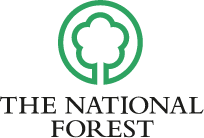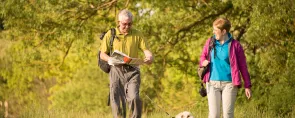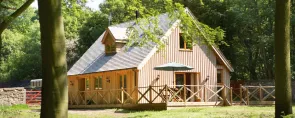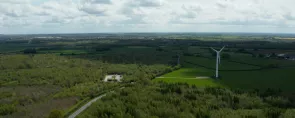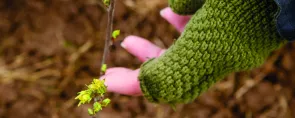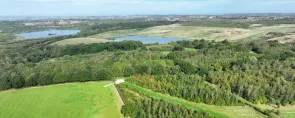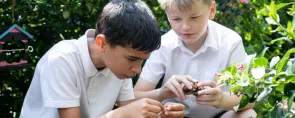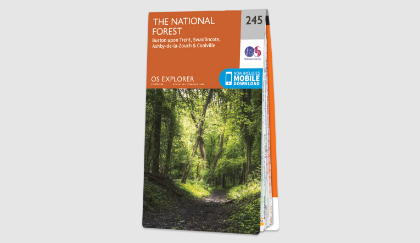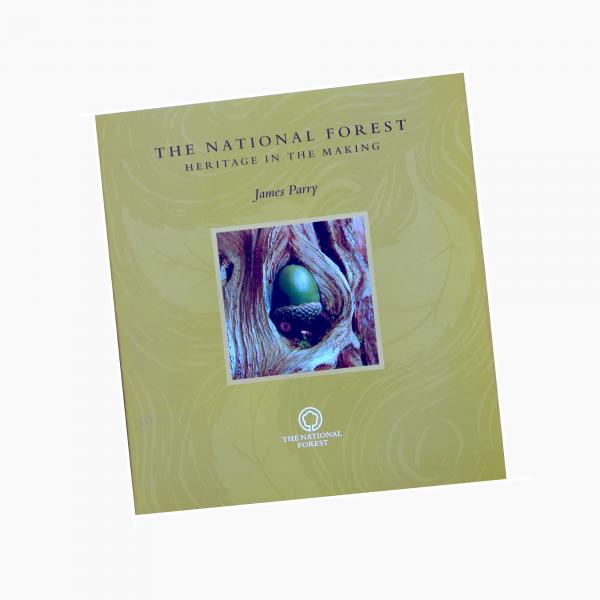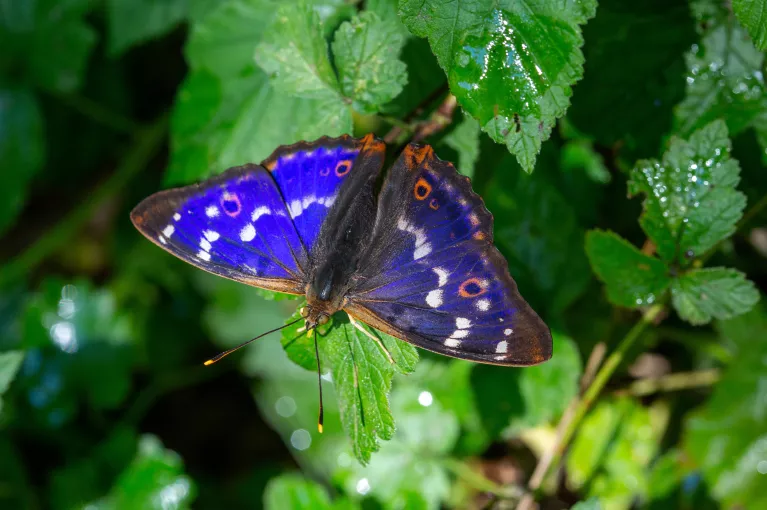The summer of 2025 has brought a flurry of excitement, beginning with the first confirmed sighting of a male purple emperor on 24 June near Ticknall, South Derbyshire. Since then, volunteers and butterfly enthusiasts have reported sightings across several locations, including Carvers Rocks, Gresley Woods, and Cademan and Swannymote Woods in Leicestershire. On 28 June, a particularly exciting discovery was made in the Queen Elizabeth Diamond Jubilee Wood, believed to signal the potential formation of a new colony. Just days earlier, the species had also been observed at Bagworth Heath on 23 June.
This resurgence stands in stark contrast to the broader national trend. Across the UK, butterfly populations have declined significantly, with 80 per cent of species showing reductions in abundance or distribution since the 1970s (Butterfly Conservation, 2022). Yet, within the National Forest, butterfly numbers have increased by 148 per cent between 2000 and 2019 - proof that targeted habitat restoration can turn the tide for struggling species.
The purple emperor’s presence is no accident. It reflects the early success of a long-term initiative launched in December 2023 at Rosliston Forestry Centre. Developed in partnership with South Derbyshire District Council, East Midlands Butterfly Conservation, and the National Forest, the project was designed to support the species’ gradual return by enhancing habitats and planting trees vital to its survival.
Ken Orpe of Butterfly Conservation’s East Midlands branch has been a guiding force in the project. He notes that female purple emperors lay their eggs on goat willow (Salix caprea) and grey willow (Salix cinerea), ideally in sunlit rides that are shaded in the afternoon. Males, in contrast, seek out tall, mature oaks where they can perch and patrol their territory.
So far, more than 550 willow saplings have been planted across key sites including Calke Abbey, Staunton Harold, Foremarke, Mimi’s Wood, Grangewood, and Catton Park. These trees are not yet mature enough to support breeding, but their presence marks an essential step in building habitat that will benefit the butterfly for generations to come.
The return of the purple emperor is more than just a conservation milestone. It’s a powerful symbol of transformation. Just thirty years ago, much of this landscape was scarred by coal mining and clay extraction. Today, it has been reborn - a thriving mosaic of woodlands, meadows, and communities working together to support nature’s recovery.
Ken Orpe described the butterfly’s comeback as a “moment of great hope,” and it truly is. It demonstrates that with vision, expertise, and community commitment, even vulnerable species can be restored. The purple emperor’s presence offers not just a boost for biodiversity, but a magical opportunity for visitors to witness one of Britain’s most iconic butterflies in flight.
Now is the time to build on that progress. By supporting the National Forest, whether through volunteering, donations or simply visiting, you can play a vital role in creating a greener, more sustainable future for wildlife and communities - find out you can support our work, here.
